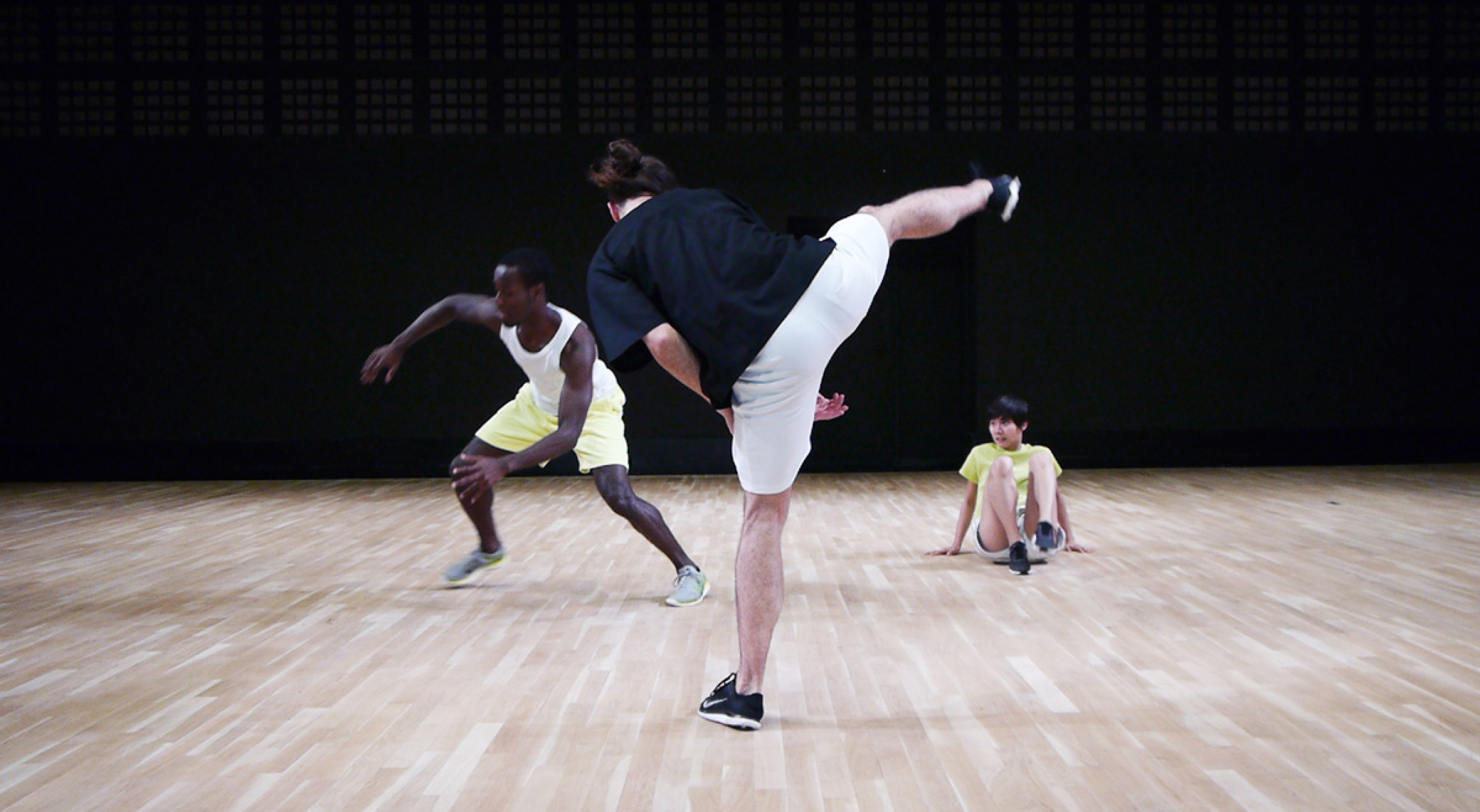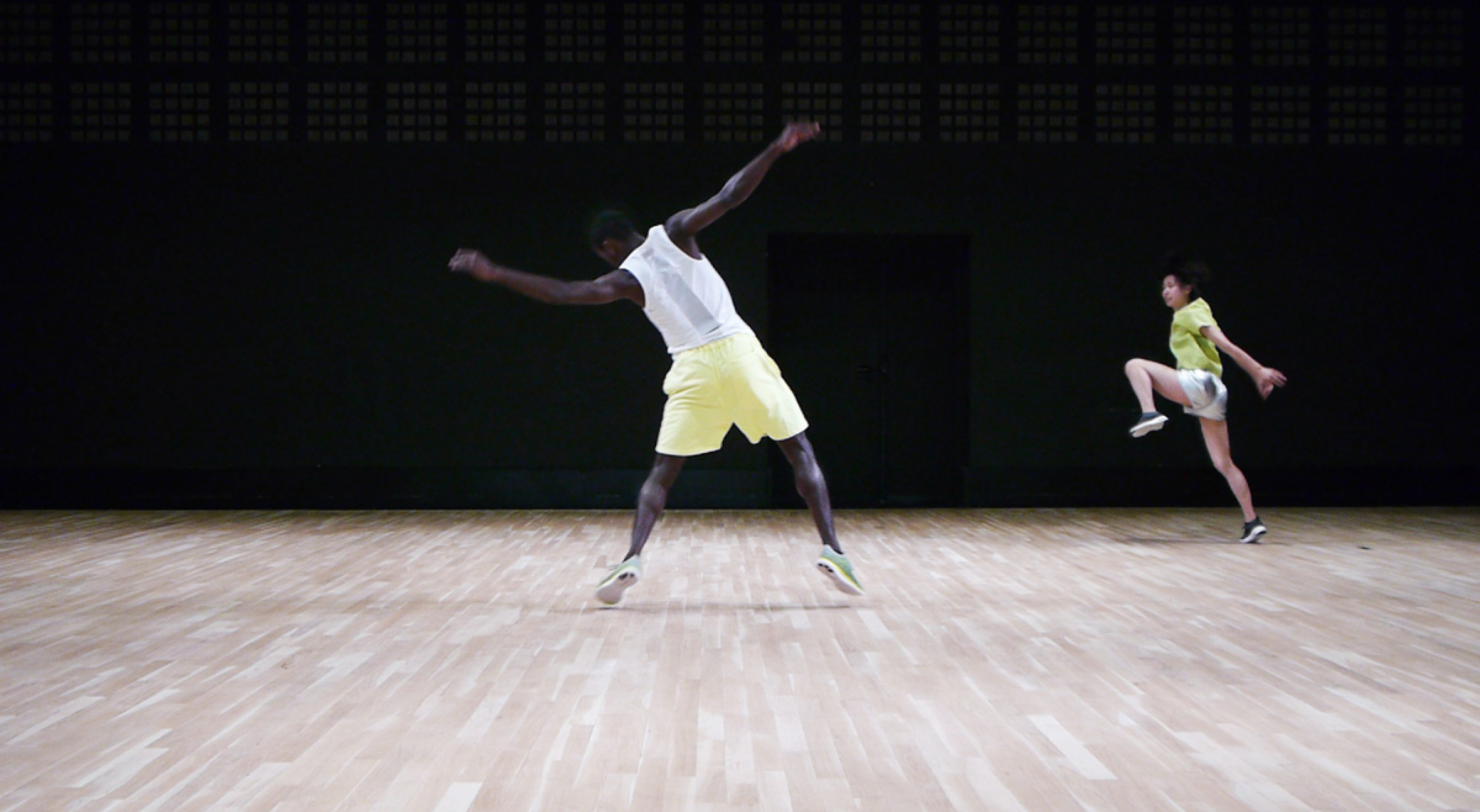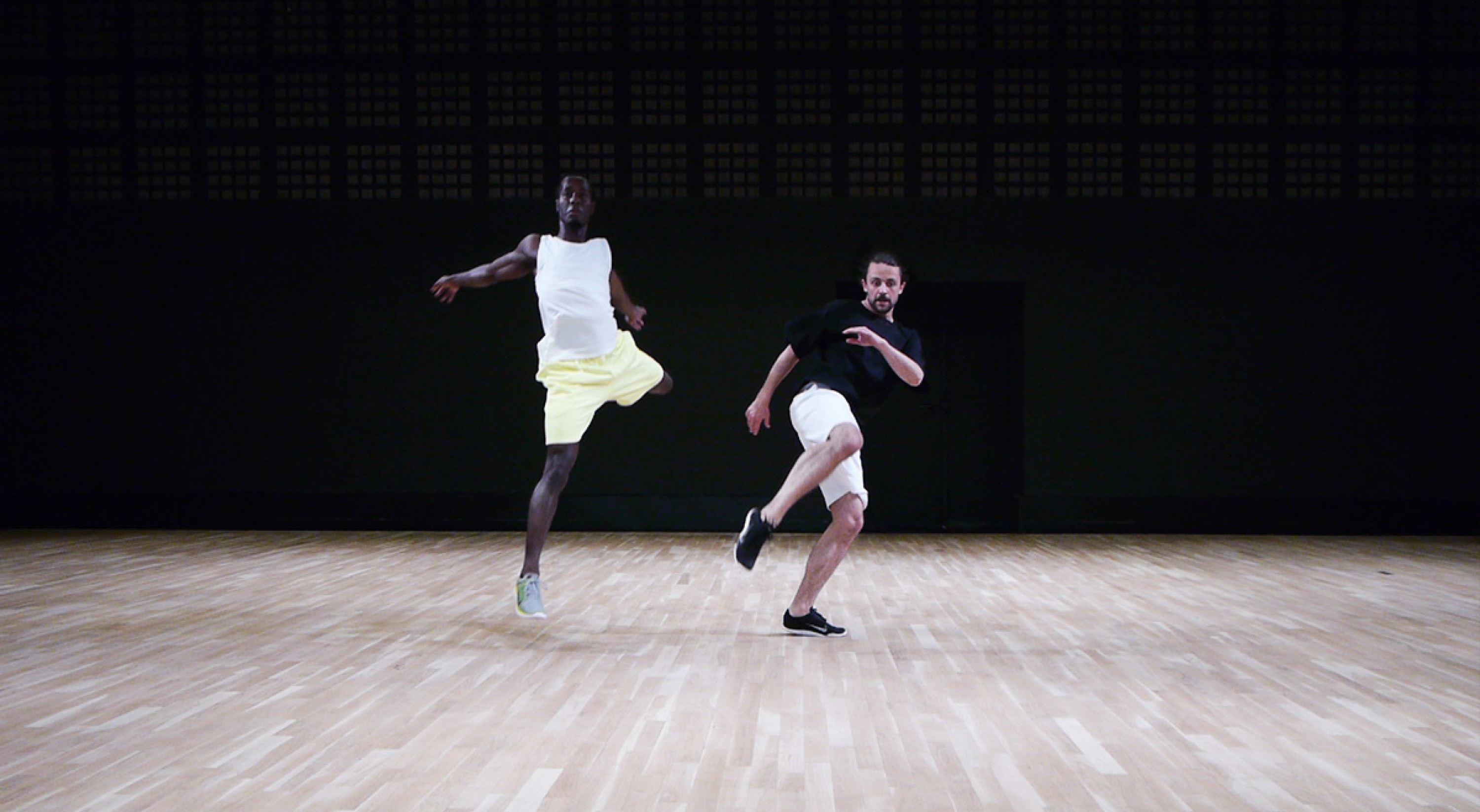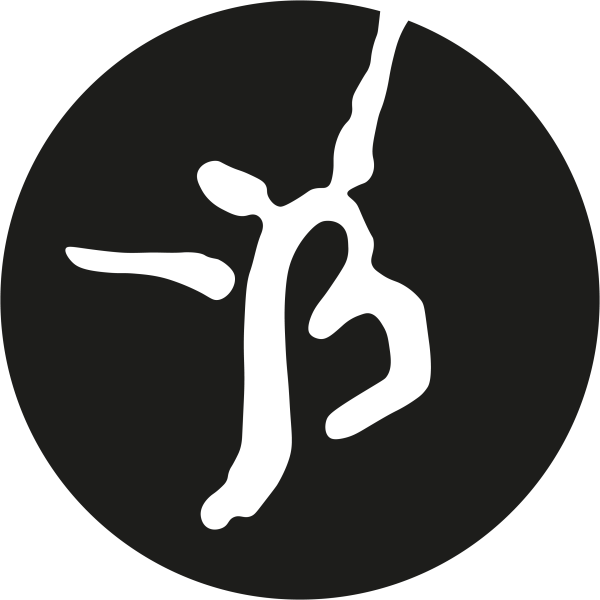Noé Soulier
Removing
octoberoct 12 – 16
Conception and choreography, Noé Soulier
With Jose Paulo Dos Santos, Yumiko Funaya, Anna Massoni, Norbert Pape, Nans Pierson, Noé Soulier
Sound creation, Éric La Casa
Light, Gilles Gentner
Costumes, Chiara Valle Vallomini
Associate producer ND Productions // In coproduction with CND, un centre d’art pour la danse ; Festival d’Automne à Paris ; Maison de la Danse (Lyon) ; TAP − Théâtre Auditorium de Poitiers ; Centre de Développement Chorégraphique de Toulouse / Midi-Pyrénées ; Musée de la Danse / Centre chorégraphique national de Rennes et de Bretagne ; PACT Zollverein (Essen) ; Kaaitheater (Brussels) // In partnership with Théâtre de la Bastille ; CND, un centre d’art pour la danse ; Festival d’Automne à Paris // With support from DRAC Île-de-France / Ministère de la Culture et de la Communication // Noé Soulier is Associate Artist at the CND until 2017 // This show is part of the Parcours d’auteurs cultural and artistic education programme, a joint initiative between the Festival d’Automne and the SACD // With support from the King’s Fountain // First performance on 8 October 2015 at PACT Zollverein (Essen)
Wherever we encounter his work, be it on stage, in a contemporary art foundation space or even in the midst of a vegetable garden (fit for a king, at Versailles), Noé Soulier’s approach to movement is a constant source of intrigue. Drawing on his training at the Conservatoire de Paris, the National Ballet School of Canada and finally at P.A.R.T.S. in Brussels, Noé Soulier’s work investigates the manner in which “different gestures are perceived and interpreted via multiple means”. Choreography, performance or experimentation, everything makes sense in the eyes of this movement archeologist. A firm believer in the fine art of the offbeat, and first-prize winner at the Danse Élargie competition in 2010, this choreographer always leaves his mark on the work he does, but never in a heavy-handed way. In reference to this latest creation for six performers, Noé Soulier evokes the idea of observing the movements of others, “a movement-based vocabulary that the dancers share with the audience”. It is then a matter of working on sequences of movements composed of preparations for other movements... “which never happen. This constant ellipse enables the dancer’s intentions to become visible, since it has an effect on the movements which precede the fulfillment of the, absent, aim.” This gives us a hint as to Noé Soulier’s intentions, on the border between intellectual construction and shared joy. But there is also an additional source of inspiration: Brazilian Jiu-Jitsu. “Using this martial art, we will be working on actions that are directed towards the person opposite.” Noé Soulier will be experimenting with the different levels of visual density possible through the use of sudden contrasts, and those of a more progressive, evolving kind. This visual density will find its counterpart in the sound density provided by the composer Iannis Xenakis. Continually extending into new areas, Noé Soulier’s work challenges any pre-conceived ideas we may have about dance.
In the same place



